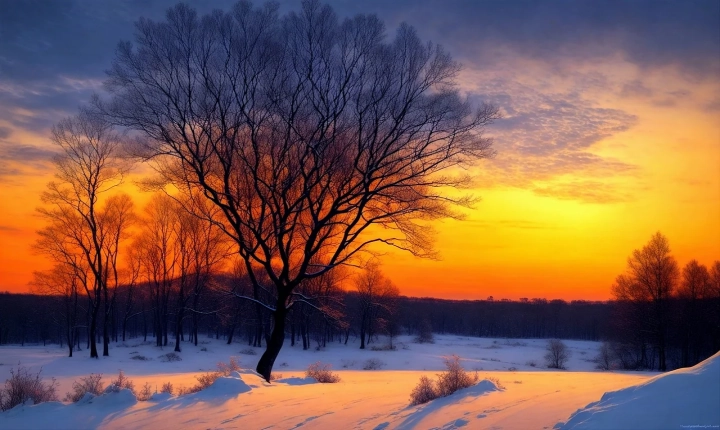The Rise of AI in Art: Exploring the Intersection of Technology and Creativity
Artificial intelligence (AI) has been making waves in the art world in recent years, raising questions about the role of technology in the creative process. AI is revolutionizing the art world by offering artists new tools for creation and pushing the boundaries of what is considered “art.”
One of the most fascinating applications of AI in art is the generation of artwork. AI programs are now able to produce visual art, music, literature, and even poetry. These AI-generated works are often indistinguishable from human-created art, blurring the line between human and machine creativity.
AI-generated art is a product of machine learning algorithms trained on vast datasets of existing artwork. These algorithms can analyze and understand the characteristics of various art styles, enabling them to create original works in the same vein. This ability to replicate and manipulate artistic styles has raised concerns about the originality and authenticity of AI-generated art.
Critics argue that the process of creating art requires human emotion, intuition, and personal experience, elements that AI lacks. They question whether AI can truly be considered a creator or if it is simply a tool used by humans. On the other hand, proponents of AI-generated art argue that it opens up new possibilities for creativity and expands the definition of what art can be.
There are also ethical concerns surrounding AI-generated art, particularly related to copyright and ownership. Who holds the rights to a piece of art created by an AI program? Should the AI artist be credited as the creator, or should the credit go to the human programmer who designed the algorithm? These are complex questions that the art world is currently grappling with.
Despite the controversies, AI-generated art has already made significant contributions to the art world. It has inspired new forms of creative expression, collaborations between artists and AI, and innovative ways of thinking about the creative process. Some artists have embraced AI as a medium for their work, incorporating AI-generated elements into their pieces or using it as a source of inspiration.
In addition to creating art, AI is also changing the way we experience and consume art. AI algorithms are being used to curate and personalize art recommendations for individuals, tailoring the art-viewing experience to each person’s unique taste and preferences.
The intersection of AI and art presents a fascinating confluence of technology and creativity. As AI continues to evolve, we can expect to see further developments in AI-generated art and its impact on the art world. It challenges us to reconsider what it means to create, appreciate, and interact with art in the digital age. Whether AI-generated art is a threat to human creativity or a powerful new form of expression, one thing is certain: it has sparked a new era of artistic innovation that is both exciting and thought-provoking.
